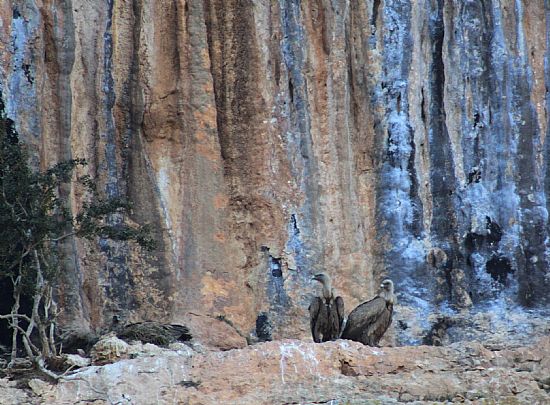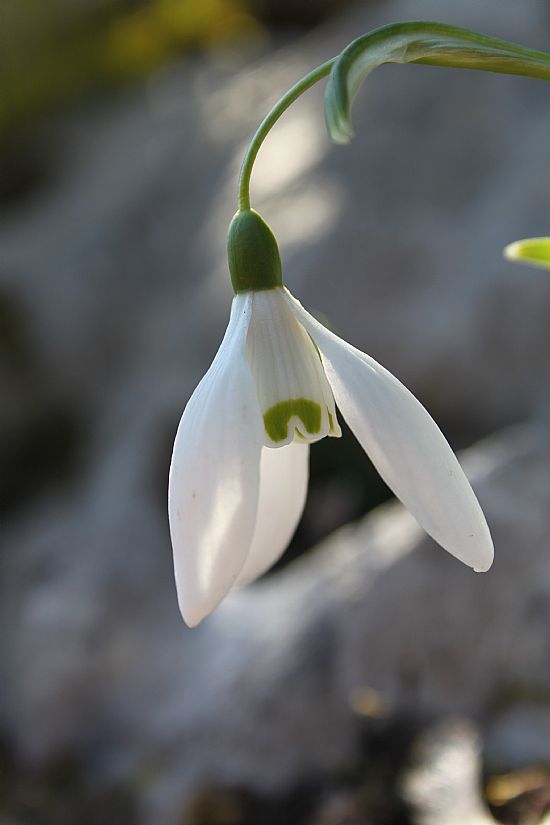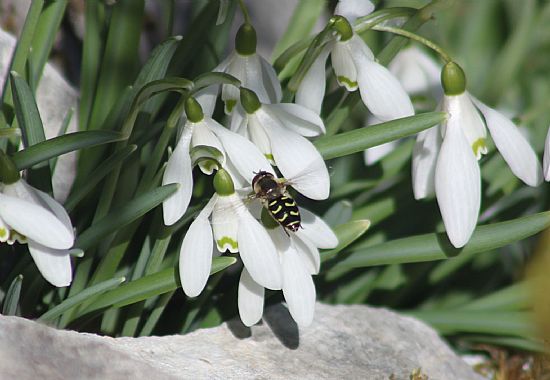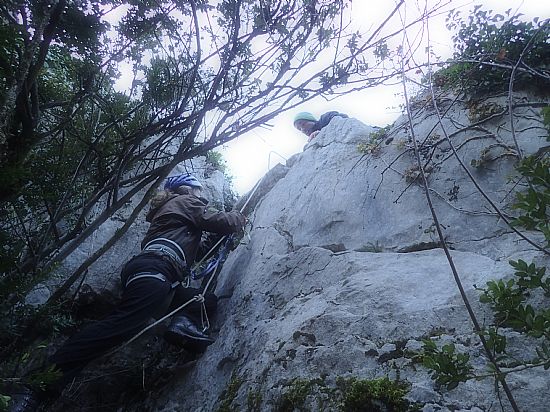Ansó, 20 February
by Isabel Isherwood - 15:19 on 22 February 2017
Spring has arrived in Ansó. The temperature has risen sharply, so that although we were skiing just last week (and the ski stations are still open) we are able to sit out in the sunshine for lunch, and tiny yellow crocuses have appeared in the rank grass of the neighbour’s garden. Rowan is outside from the moment she finishes school, like an animal released from captivity; she has taken over the unused neighbouring garden as her territory and it was she who first spotted the crocuses. Now she checks them every day and issues a bellowed report on numbers, status and their general aesthetic appeal.
Birds are singing, and in the gorges vultures are nesting - lining up slightly ridiculously along suitable ledges as though waiting for buses.

The cranes are migrating north again in trailing Vs of a hundred or more at a time, using the thermals over the hills around the village to circle and gain height before crossing the Pyrenees and continuing north to Finland and Scandinavia. The first thing you notice is the sound of their calls, distant and musical, and it often takes some time to locate them in the apparently empty sky – as they circle they go from black to brilliant white to almost invisible grey, a swirling shoal climbing and turning until they’ve gained the height they need.

I have a lovely little piece of work at the moment monitoring snowdrops, which are at the extreme southern limit of their range in the Pyrenees and are rather rare. The job is comparing two very isolated populations, one tiny and one quite substantial, and focuses on identifying the network of species that interact with them as pollinators, predators and seed-dispersers. The big population is still buried under the snow, but the small population is in full flower. It is a rather extraordinary site – the plants are growing on top of an enormous boulder, about 6m high, and despite quite intensive searching they have been able to find no other snowdrop populations in the area – there are not even any growing on the ground around the boulder. How they got there in the first place is a mystery.


So I have to get myself up onto the boulder – which as a non-rock-climber I find rather scary – then sit there and wait to see who comes a-pollinating…… There is a surprising amount of activity: mainly bumble bees and honey bees and hoverflies, but also early butterflies passing (though not visiting the snowdrops) and lizards sunning themselves. Vultures passing overhead and flocks of tits and crossbills in the pine trees. A lammergeier carrying food and being mobbed by something tiny - which on inspection turns out to be a falcon.... and which I eventually realise is in fact a peregrine, demonstrating once again how phenomenally huge these beasts are.
Add your comment